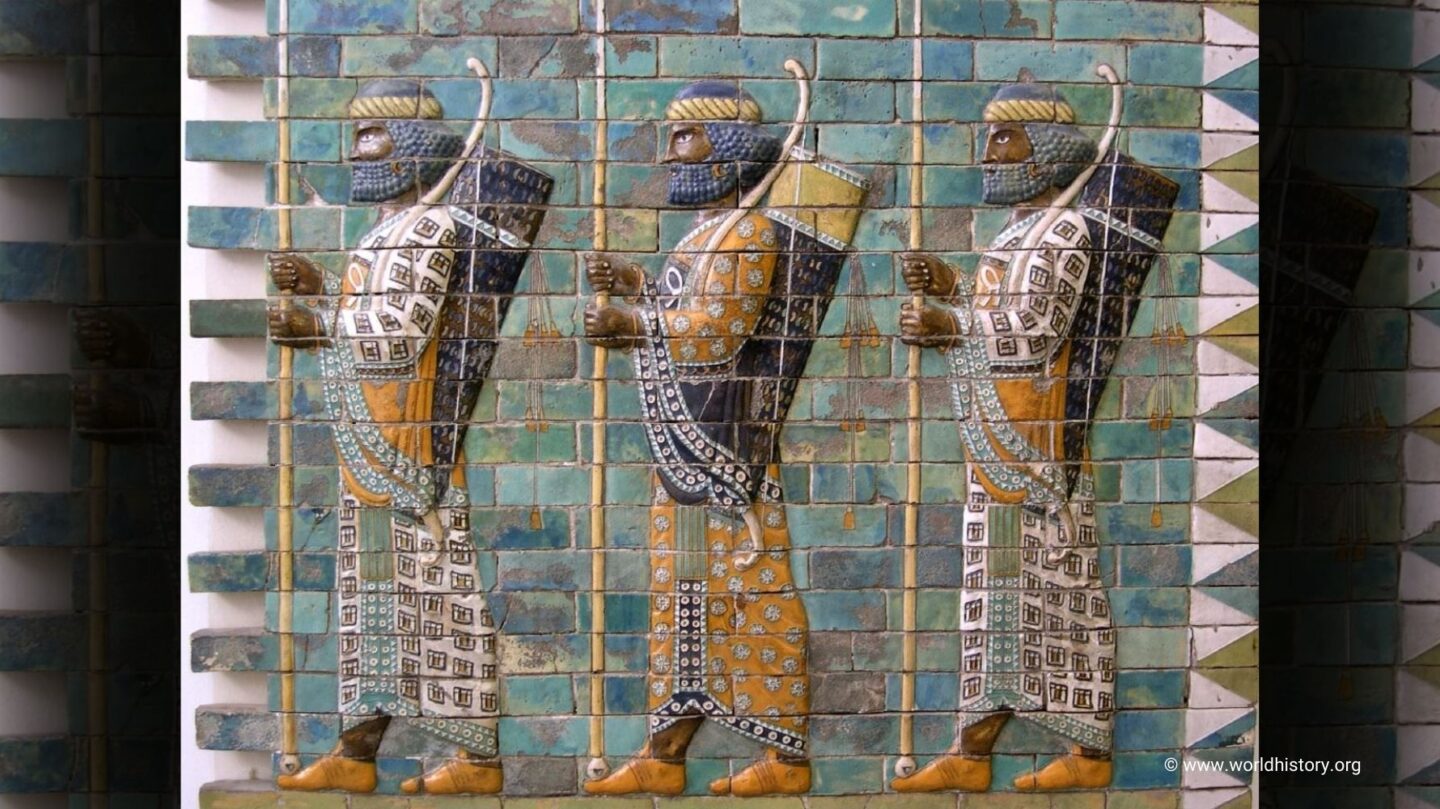The Rise of the Achaemenid Empire
Ancient Persia, centered in modern-day Iran, gave rise to one of the most influential empires in history: the Achaemenid Empire. Founded by Cyrus the Great in 550 BCE, this empire quickly expanded to encompass vast territories, stretching from the Indus Valley in the east to the Balkans and Egypt in the west.
Cyrus’s leadership was marked by innovative governance and respect for cultural diversity. His conquest of Babylon in 539 BCE was celebrated for its relatively peaceful nature and his decision to allow exiled Jews to return to Jerusalem, earning him a reputation as a just and benevolent ruler. This ethos of tolerance became a hallmark of Persian rule, setting it apart from other empires of the era.
Innovations in Governance and Infrastructure
The Persian Empire’s success was largely due to its sophisticated administrative system. Darius I, who ruled from 522 to 486 BCE, divided the empire into satrapies, or provinces, each governed by a satrap (governor). This decentralized structure allowed the empire to efficiently manage its vast and diverse territories.
The creation of the Royal Road, a 2,700-kilometer network of roads, revolutionized communication and trade within the empire. Messengers could traverse the entire length of the road in just a week, a remarkable feat for the time. This infrastructure not only facilitated governance but also fostered economic growth by connecting markets across the empire.
Darius also introduced a standardized currency, the daric, which streamlined trade and contributed to the empire’s economic stability. These innovations laid the groundwork for many administrative and economic practices used by later civilizations.
Cultural Achievements and Influence
Ancient Persia was a melting pot of cultures, incorporating traditions and ideas from the many regions it governed. This cultural diversity enriched Persian art, architecture, and philosophy, leaving a lasting legacy.
One of the most iconic examples of Persian architecture is the ceremonial capital of Persepolis. Built under Darius I and his successors, Persepolis featured grand palaces, intricate reliefs, and towering columns, symbolizing the empire’s power and wealth. The art of the Achaemenid period blended styles from across the empire, including Babylonian, Assyrian, and Egyptian influences.
Zoroastrianism, the religion of ancient Persia, also had a profound impact on global thought. Its emphasis on duality—good versus evil—and concepts such as free will and judgment influenced later religious traditions, including Judaism, Christianity, and Islam.
Conflict and Legacy
The Persian Empire often found itself at odds with the Greek city-states, culminating in the Greco-Persian Wars. While the Persians achieved notable victories, such as the conquest of Ionia, their invasions of mainland Greece were ultimately repelled at battles like Marathon and Salamis. These conflicts left an enduring impression on Western history, shaping the perception of Persia as a rival to the Greek world.
The empire’s decline began with internal strife and the rise of Alexander the Great, who defeated Darius III and conquered Persia in 330 BCE. However, Alexander himself admired Persian culture and governance, adopting many aspects into his own empire.
The Enduring Influence of Ancient Persia
Although the Achaemenid Empire fell, its legacy lived on. Its innovative governance, infrastructure, and cultural achievements influenced later empires, including the Romans and Byzantines. Persian traditions continued under subsequent dynasties, such as the Parthians and Sassanids, ensuring the enduring presence of Persian culture in the region.
Ancient Persia was more than just a powerful empire; it was a crucible of innovation, tolerance, and cultural exchange. Its contributions to governance, architecture, and philosophy have shaped civilizations for centuries, solidifying its place as one of history’s most transformative empires.
